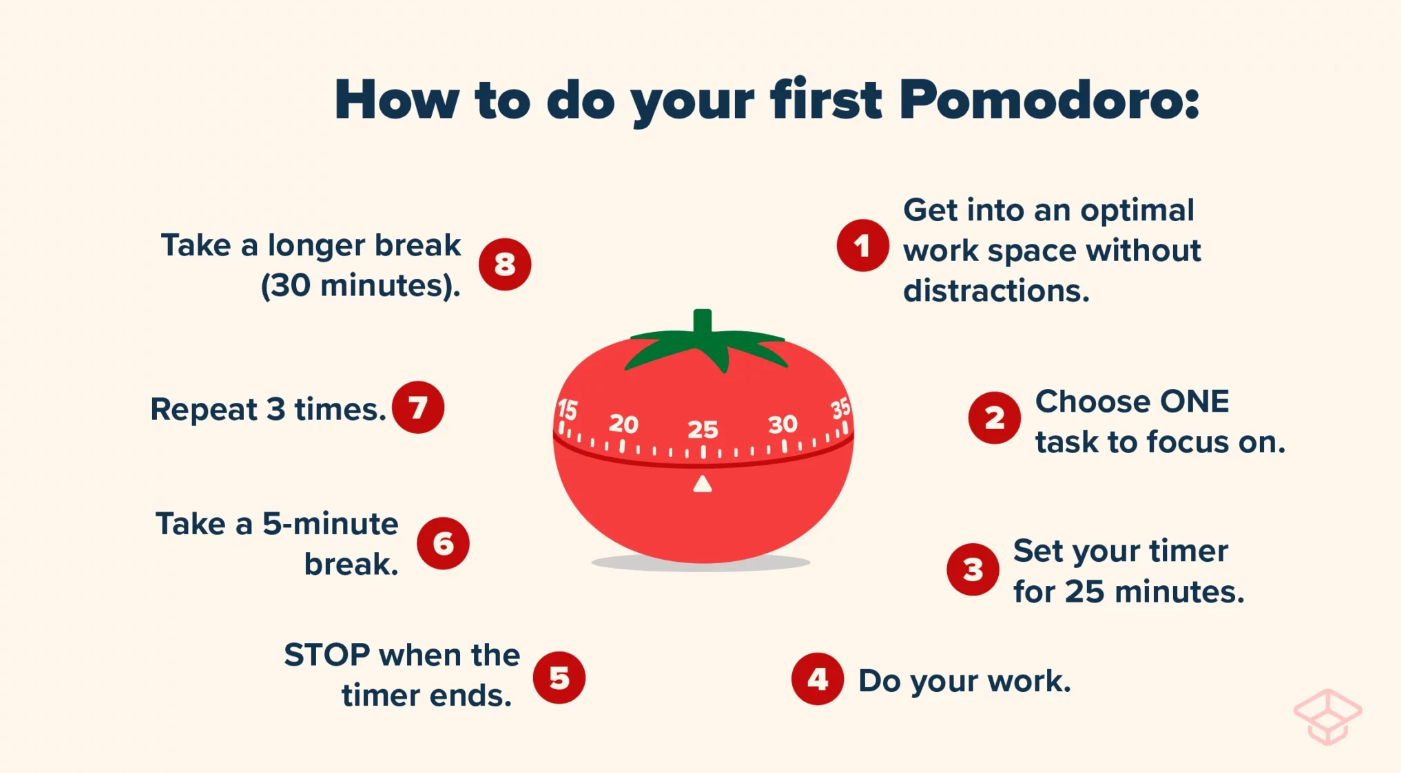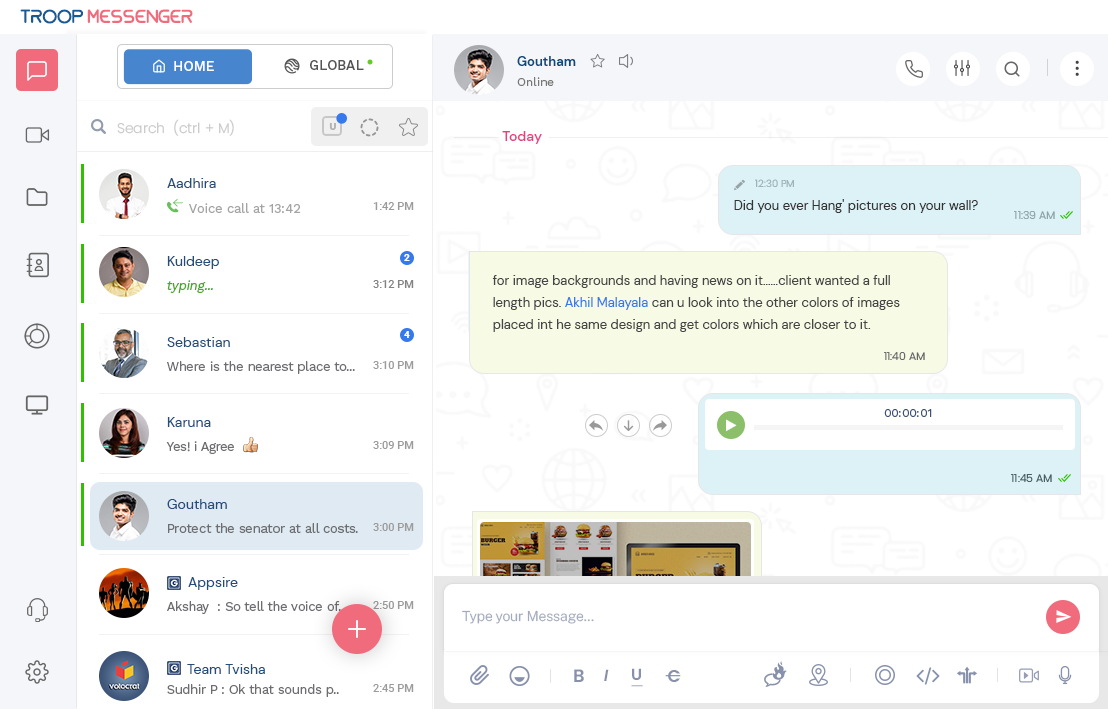Connect with us

Workload Management: Proven Strategies for Maximizing Team Performance
Project scheduling is a tricky task across industries. From product design to customer support, operational bottlenecks are inevitable.
However, this becomes detrimental with inefficient task delegation, overwhelming your team. A burnt-out workforce reduces productivity, resulting in failed or sub-par project delivery. While some employees are overworked, others don’t have enough duties.
Such challenges call for better workload management practices that simplify task delivery, enhance employee engagement, and support their personal and professional growth.
Without further ado, let us look at the 10 best strategies for better workload management and performance optimization to help your team achieve its goals.
Table of Contents
- 10 proven strategies for maximizing team performance
- 1. Define clear goals and expectations
- 2. Focus on task allocation
- 3. Prioritization and time management
- 4. Open communication and feedback
- 5. Flexibility and adaptability
- 6. Work-life balance support
- 7. Training and skill development
- 8. Recognition and rewards
- 9. Collaboration and teamwork
- 10. Performance reviews and improvement plans
- Conclusion
10 proven strategies for maximizing team performance
Here’s how team managers can drive better workload management and maximize performance:
1. Define clear goals and expectations
One of the primary reasons behind poor workload management is a lack of direction in tasks and responsibilities. Communicating clear goals and expectations counters this by laying out measures to achieve a specific result and perform better.
Set SMART goals (specific, measurable, achievable, relevant, and time-bound) to create a realistic roadmap for your employees. It should convey how their contributions fit into your company’s big-picture objectives. Realistic goals also motivate employees to bring their best in every task.
Establish key performance metrics to track progress and ensure you get the most out of your resources. Monitoring performance metrics can:
- Please provide an accurate view of the team’s progress and help them deliver quality work within the deadline
- Identify areas of improvement
- Enhance inter-departmental alignment
Give your employees regular feedback on their performance to show them their progress, what’s working, and what’s not. With clear direction from team leaders and managers, your employees can work toward unified organizational goals and deliver quality work.
2. Focus on task allocation
Accurate task delegation is a critical factor in better workload management. Work allocation has to be fair and aligned with individual strengths, interests, and availability to improve performance.
Make a list of projects assigned to your team. Understand the scope, difficulty, and timeline for each. Then, break down the projects into tasks and subtasks for efficient employee distribution.
Evaluate the skills of your team members and identify tasks that fit their expertise. Assign tasks employees are genuinely interested in. This way, they will give their best and ensure the end product meets the project’s needs. Allocating tasks based on skills and interests also reduces the likelihood of project failure.
Assess each employee’s current bandwidth before assigning them any new task. It will prevent burnout and help your team members optimize their strengths.
However, manually monitoring each employee’s workload, progress, and suitability for a project isn’t feasible for a scaling company. Use workload management tools to track and streamline task distribution.
3. Prioritization and time management
Working hard and being productive is not always synonymous. Juggling random tasks seldom results in the desired results. Instead, your team may work long hours and miss deadlines.
For better workload management, set up a simple structure to grade tasks by importance and deadline chronology. Train your employees to identify the most important tasks and take them up according to their delivery schedule.
You can use these time-management techniques for better task delegation:
The Eisenhower Matrix
Also known as the Urgent-Important Matrix, this technique prioritizes tasks by their urgency and importance. It sorts work into four categories:
- Do-first: Tasks to be completed on the same day.
- Schedule: Important but non-urgent tasks that you can schedule for a later date.
- Delegate: Urgent but less important tasks that can be delegated to others.
- Don’t do Either urgent or important tasks.
Pomodoro technique

This time management method involves 25-minute laps of focused work followed by five-minute breaks. Take longer breaks of 15 to 30 minutes after four consecutive work intervals. The Pomodoro technique is perfect for setting up a routine and optimizing time more efficiently without getting overwhelmed with multiple tasks.
If you use productivity tools, offer relevant training and assistance to let your team adapt to the technology quickly and maintain the workflow.
4. Open communication and feedback
Lack of clear communication is a significant roadblock in workload management. Your employees should be comfortable enough to convey their bandwidths and express concerns.
Build a culture of open communication in the workplace. Show that your team can candidly share ideas, offer criticisms, and discuss challenges. Allowing an open exchange of thoughts, ideas, and opinions boosts employee engagement and motivates them.
Holger Sindbaek, the founder of Online Solitaire, says, "In my experience, open communication and feedback are the lifeblood of a thriving team. It's not just about sharing ideas; it's about creating a safe space where every team member feels heard and valued. This culture has fostered innovation and built trust and camaraderie among team members."
Make regular team meetings and one-on-one discussions a norm. Discuss task progress, challenges, and potential improvements, and ask for your workforce’s input.
Give regular feedback to provide guidance and encourage continuous growth. When your team knows upcoming tasks precisely, it boosts engagement and motivates them to perform better.
5. Flexibility and adaptability
Changes in workload are inevitable. So, equip your teams to handle changing priorities and adapt to the adjustments quickly.
Your team has to be agile in responding to unexpected client demands. For that, create a mindset of treating challenges as learning opportunities. Show your employees how they accelerate professional growth and hone their leadership skills.
Make sure you have the right tools in place for better workload management. Invest in an efficient CRM platform for better task monitoring. Your chosen solution should also offer automation to eliminate redundant tasks and let your teams focus on the strategic areas of the project.
6. Work-life balance support
According to ComPsych, 61% of employees experience increased stress levels and extreme fatigue, and 14% note poor work-life balance. Burnout can be detrimental to productivity and cause tasks to pile up.
That’s why supporting a healthy work-life balance is paramount to drive better performance. Here’s what you can do to help your employees thrive in their personal and professional lives simultaneously:
- An International Labour Organization report suggests flexible working schedules can positively impact employees’ performance and work-life balance. So, if feasible, offer flexible working hours.
- Consider keeping remote and hybrid work models as options.
- Place clear guidelines like required availability, response time, meeting attendance, etc., to maintain alignment and productivity across remote and on-site teams.
- Offer alternative childcare arrangements.
- Shift your focus from hours to productivity.
- Offer stress management workshops and wellness programs.
7. Training and skill development
As your company grows, your teams must keep up with the elevated project volumes and demand. To support that, you must invest in continuous learning and development activities. Structured and frequent training programs will enhance employee skills and expertise and promote better workload management.
Identify skill gaps in your team and organize personalized training sessions to address them. Regularly update your training module according to organizational growth.
Arrange seminars and webinars so your employees can learn from industry experts. Encourage upskilling by offering management courses and certification programs. Send your workers to events and conferences to foster networking and holistic professional growth.
Besides elevating their capacity to handle the workload, training programs show your dedication to your workforce’s professional growth, boosting employee satisfaction and engagement.
8. Recognition and rewards
Employees are more likely to be productive and adapt to increased workload when their contributions are acknowledged. So, strategize an employee recognition program to celebrate your team’s achievements.
Try explicitly praising good work in 1:1 meetings and team discussions. Create recognition programs to highlight individual strengths and accomplishments.
Start an “Employee of the Week/Month” program and keep special rewards in place. These include paid vacation days, gift vouchers, trips, hampers, brand merch, etc.
You can also offer long-term incentive programs like performance-based bonuses, profit-sharing, or stock options for workers who deliver exceptional results over time. It will foster healthy competition and encourage others to perform better as well.
9. Collaboration and teamwork
Smooth teamwork is essential for better workload management. So, focus on building a collaborative work culture where team members support each other to achieve common goals. Each employee’s contributions should complement the other’s efforts.
Organize team-building activities to strengthen workplace relationships. Monthly luncheons, interactive games, and brainstorming sessions are promising initiatives to boost synergy across departments.

Invest in collaboration tools for seamless teamwork and information flow. You can use chat apps like Troop Messenger for efficient workplace communication.
10. Performance reviews and improvement plans
Conduct regular performance evaluations and customize employee improvement plans based on the findings. Make performance reviews growth-oriented instead of scolding sessions. Highlight strengths, point out weaknesses, and discuss career aspirations.
Make it a two-way street in terms of constructive criticism. It brings unnoticed workload management issues to your attention. Plus, the employees will know their areas of improvement.
Conclusion
With focused workload management, you can help your employees thrive without burnout and drive organizational growth.
Prioritize tasks according to their urgency and delegate based on individual skills and bandwidth. Foster a culture of open communication and work-life balance. Offer regular feedback and L&D opportunities.
Finally, lead by example by keeping an open mind to changing project demands and providing every required support to nurture employee performance.








